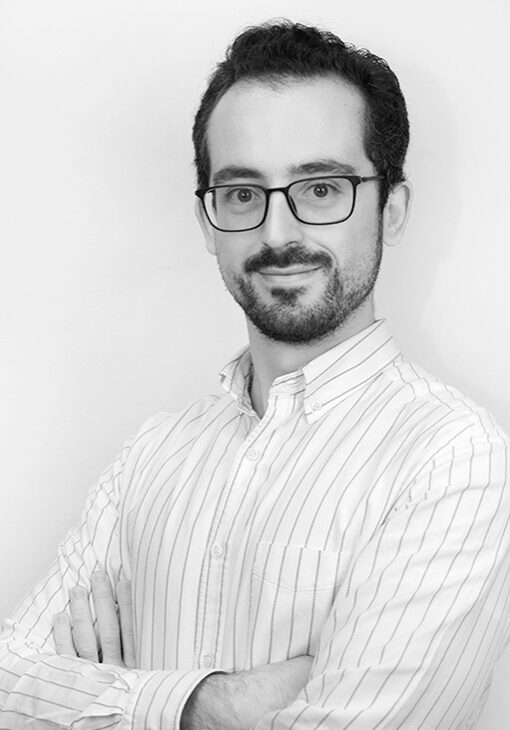Cayetano Hoyos is a project engineer at SOERMAR, a research institute focussed on the maritime sector from Spain. He is also the WP7 leader in the SEABAT project.
What was your original motivation to become a researcher?
My initial motivation, to be completely honest, was to break the monotony and the desire to learn new things. Being a researcher, each project that is proposed is very different from the previous one, and each one of them represents a very different challenge that requires different solutions, which keeps me proactive and eager to tackle each project that comes my way.
What is your (main) research area today?
Today my research area is focused on the maritime sector, on the ships that our shipyards build to be more specific. I analyze and study the possibility of introducing improvements and innovations with respect to the current state of the art that turns each ship built into a unique prototype. Right now my priority is the implementation of renewable energy sources for use both in propulsion and in the power plant, with the aim of decarbonising the ships built in Spanish Shipyards in the medium-long term.
What is the main objective of your team in SEABAT?
Our main objective at SEABAT is to analyze and study the feasibility of introducing a new hybrid battery system that eliminates the great problems that ships with current battery systems suffer today, since they use high-power batteries for both the propellant and power plant, resulting in inefficient systems that deteriorate rapidly.
What expertise and facilities does your team have to meet those objectives?
We must not forget that the Soermar Technological Center Foundation was founded, and today is made up of more than 15 medium and small shipyards throughout Spain. Thanks to their constant and close collaboration with us, we have a large amount of resources and information on their ships that allow us to add value to SEABAT.
Which aspects of your research at SEABAT do you believe are the most innovative and what unique opportunities offers SEABAT to yourself and/or your organisation?
I believe that the most innovative aspect of SEABAT, and what makes it unique, is that it is developing a hybrid battery system that will represent a milestone in the decarbonization process of the fleet through its electrification, since it will provide the market with an energetically very efficient and attractive to shipowners. As for the opportunity that SEABAT offers us, it lies in being able to transmit the benefits and advantages, both technical and technological, that this new technology offers to our shipyards, so that these in turn can improve their products and attract a market that today today is constantly changing and growing.
How do you see the future use of the SEABAT-results and the impact of SEABAT-project in our daily lives?
I believe that the results of SEABAT are going to have a huge impact in the future, more in the medium-long term, which is in perfect harmony with the environmental objectives established by the European Green Deal and the Paris Agreement, to reduce the polluting emissions produced by the maritime sector with a view to 2030 and 2050, to achieve the much-desired decarbonization of this through the electrification of ships.
